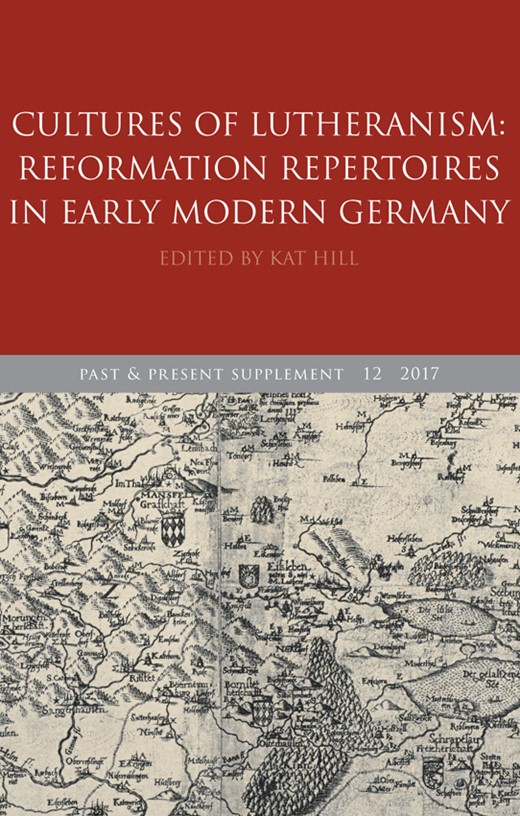-
Views
-
Cite
Cite
Jennifer Spinks, Blood, Violence, Calvinism and the Devil: Lutheran Prodigy Culture by 1600 and Andreas Engel’s Wonder Book, Past & Present, Volume 234, Issue suppl_12, November 2017, Pages 212–236, https://doi.org/10.1093/pastj/gtx049
Close - Share Icon Share
Extract
I
Feeling anxious about prodigious signs was a fundamental early modern Lutheran experience. Lutherans read the Book of Nature alongside the Bible in new and compelling ways intended to make sense of the century’s turmoil, and broadsheets, pamphlets and compendium-style wonder books that described prodigious phenomena rolled off the press. The pan-European phenomenon of the ‘wonder book’ was particularly vigorous in northern Europe in the second half of the sixteenth century, and Lutheran authors were amongst its most enthusiastic proponents. These publications recorded prodigious events and phenomena, identified the polemical and often apocalyptic meaning of the natural world in disarray, and attacked religious enemies.
Prodigy culture was not a minor or peripheral phenomenon. Paying close attention to the disordered and frightening aberrations of the natural world as manifestations of God’s plans for humanity was central to Protestant identity, as Alexandra Walsham’s groundbreaking Providence in Early Modern England demonstrated.1 Lutheranism was, from the early 1520s onwards, marked by a special attention to apocalyptic signs. Both Martin Luther and his closest colleague Philipp Melanchthon were at times fascinated by prodigies. These ranged from meteorological phenomena to the notorious Monk Calf and Papal Ass, two ‘monstrous births’ that they wrote about collaboratively.2 While Luther would eventually grow impatient with close readings of the mysteries of the natural world, Philipp Melanchthon and his circle maintained the importance of this intellectual trend in university life in Wittenberg. Prodigy culture was, still more notably, a significant theme in vernacular Lutheran popular print.3 From the mid sixteenth century, Lutheran authors including Caspar Goltwurm, Job Fincel and Christoph Irenaeus set individual prodigies into larger apocalyptic patterns in their wonder books.4




